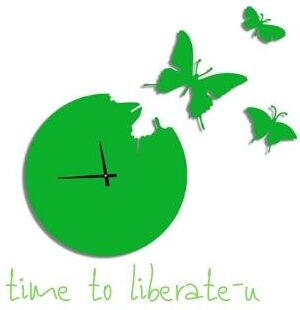Coaching and hybrid working in teams
For most of my clients and the organisations for which they work, hybrid working (partly based in the office and partly based somewhere else) has required them to establish new ways of interacting with their teams.
Some have done this with relative ease, as many of the necessary policies and procedures were in place, but for others, especially my clients in Asia, it is a new way of working and has required a massive cultural shift.
For executive coaches such as myself, there hasn’t been a more critical time, since the financial crisis in 2007/8, that coaching is there to help people make the leap across a chasm that has been created by the pandemic.
A recent conversation with one of my Japanese clients touched on one of this year’s hottest topics – how can I get my team to work collaboratively when they are working remotely? Many members of his team have been employed since the pandemic lockdown began in March 2020 and of the 50 who now report to him, he’s only met 5 in person.
He realised, and his organisation supported him, that to get through the minefield that faced him over the next few months, having an external, impartial, and supportive coach by his side would make the difference between struggling and succeeding.
One of the key areas he worked on was developing a new way of communicating, inter-team and intra-team. He set up conversations with each team member individually. These conversations focused on a number of points. He established a regular monthly call to each one, which was supplemented by a weekly team call by region. The content of the call was both work-related and sharing personal information about each member. Meetings by default were all conducted on Zoom so no-one felt left out.
“I found that a focused conversation with each person rejuvenated what was all too frequently a tired or disparate team” he said.
After having the conversations, he came up with a checklist of the top issues confronting most of his staff.
- Rebuilding physical and emotional well-being individually and across the team
- Building trust in physical isolation
- Ensuring all team members had a voice
- Dealing with ambiguity and uncertainty
Working with a coach gave him the realisation that coaching conversations could hugely benefit every member of his team. While coaching in his organisations had been reserved for senior managers, working together we trained his team members in running coaching conversations between themselves. I caught up with each of them when needed. The senior manager, who first chose to work with me, uses our coaching time to create a vision that will be bring the team together and set goals and small steps.
“Allowing people to talk either with an external coach, or through a buddy system, with a non-related member of the team, in a safe, supportive, and listening environment, meant we could develop practical steps to move forward”.
“Coaching is an opportunity to call a halt to the frenetic pace of doing and to refocus on being. It enables people to challenge their routines, to take a critical look at what they are doing and why, to identify and commit to new performance goals and to work out how to overcome the barriers that prevent them being more effective in their work roles. It allows behaviours to be discussed, priorities to be established and mere busy-work to be laid down. Most of all, however, it brings performance to the fore”. (David Clutterbuck and David Megginson, 2005)
